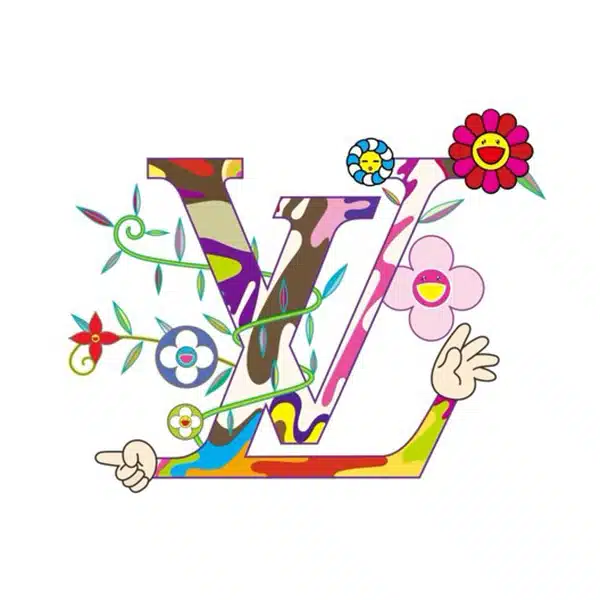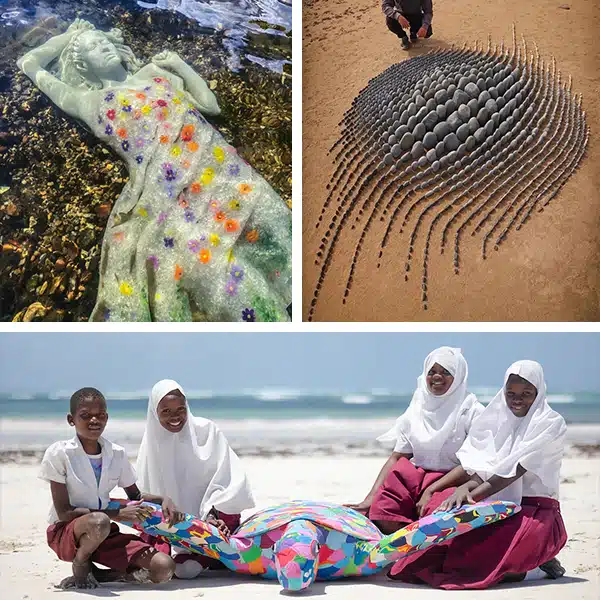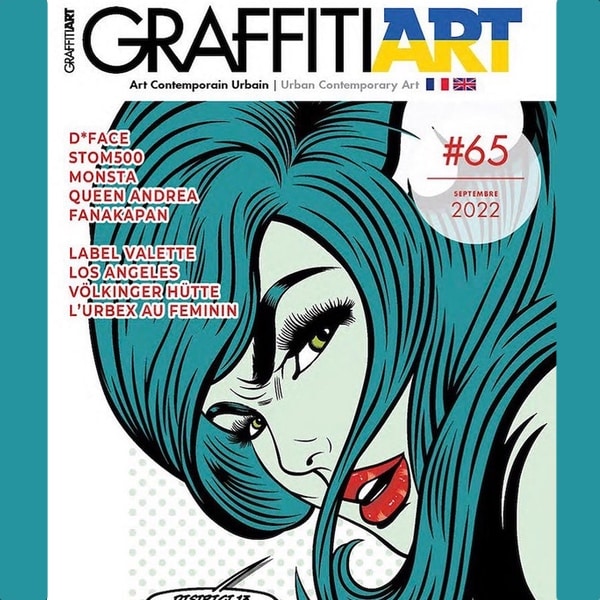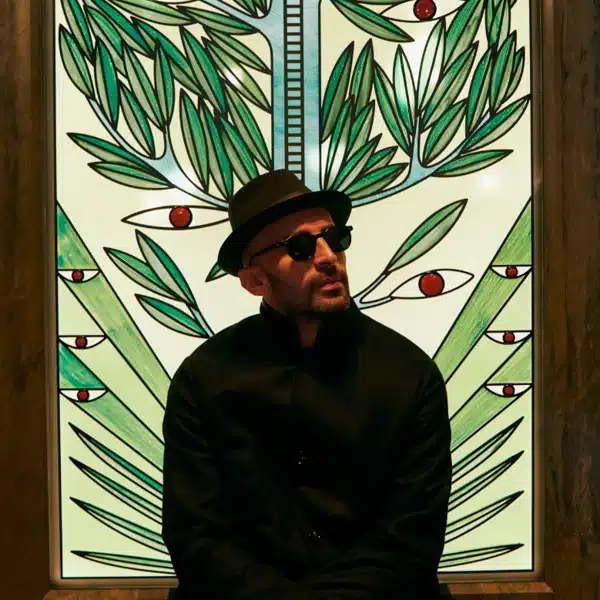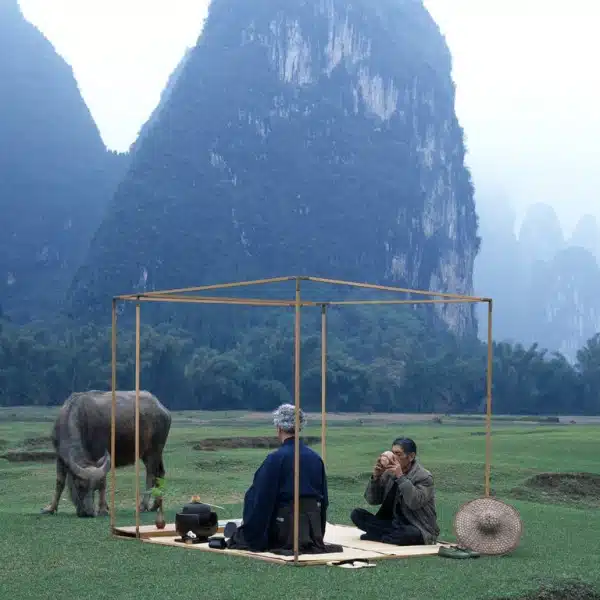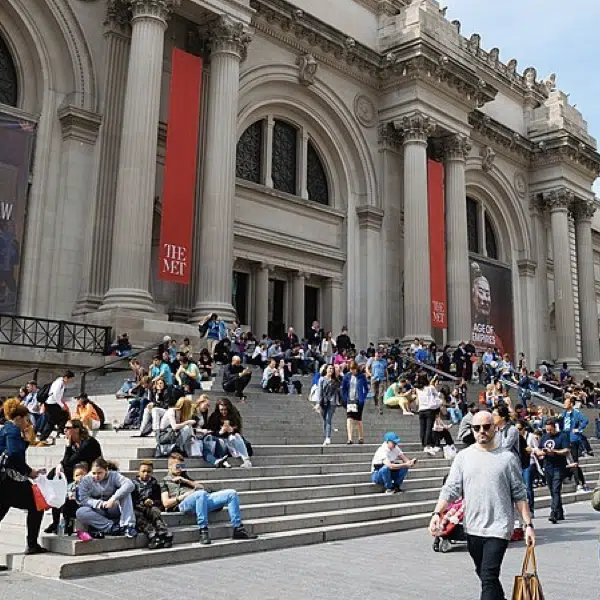While one wouldn't normally associate the delicate craft of embroidery with the grittier art form of graffiti, there's really no other way to describe the unique works of Sarah Greaves. This mixed media artist takes the traditional craft of embroidery and turns it on its head by working in unexpected places. The Manchester-based artist sews her thread into everyday objects like fridges, doors, and food, and, through her thoughtful messaging, turns these objects into what she describes as “canvases for hidden thoughts.”
As she says, “My work explores stereotyped identities and gender roles, our internal monologues and the public and private ‘self'. It pushes the tradition of embroidery and reframes the location and voice of the graffiti artist. The embroidered text is delicate and ‘feminine' while the process demands ‘masculine' tools such as drills and clamps. Visceral, intangible thoughts become permanently graffitied onto familiar, domestic objects.”
Recently, Aesthetica Magazine, an art and culture publication, named her as a finalist for their Creative Works Competition, which identifies new artists and writers and brings them to international attention. Her next showing will be at Bearspace Gallery in London from October 19 to November 17, 2012. Called Odds Against Tomorrow, it's drawing together some of the most innovative and exciting artistic talent in the UK. Excitingly, Goodwin will be exhibiting neon and embroidered typography on found material.
Update: We were able to get in touch with Greaves for an interview, which you can read below.

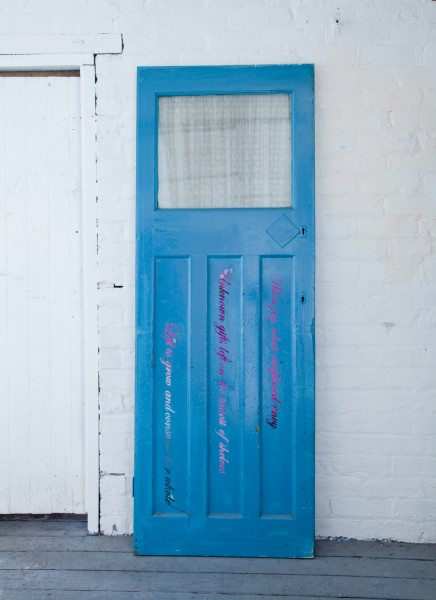




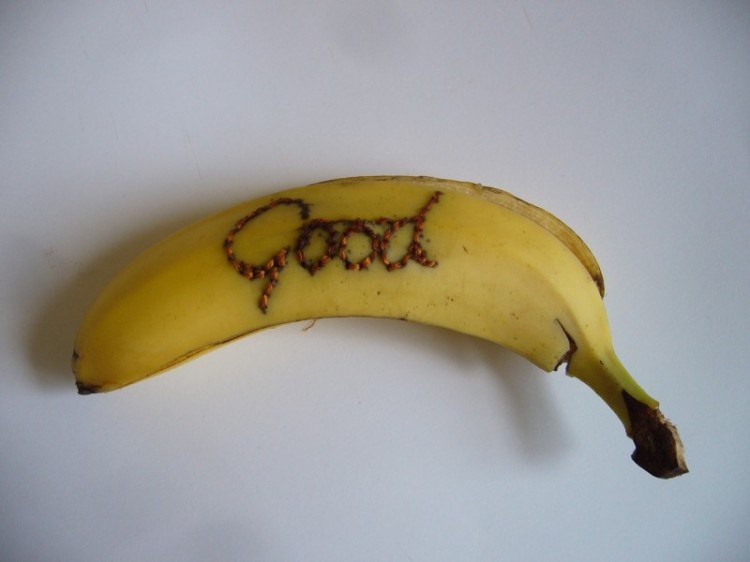

Can you tell us more about your creative process?
I will either be inspired by a certain object or have a theme or concept in mind. For example, with the Toaster, I knew that I wanted to look at the diet industry and the way we label certain foods, the toaster was the perfect object to explore that idea. I then think about the text, plan it out, mark out every drill hole for the stitches, transfer these drill points onto the object and then start drilling. It is very time consuming and I break a lot of drill bits, they are generally only 1.5 mm and can snap really easily. After I have drilled out all the holes I sew the embroidery by hand, this is difficult on a solid object as you have to physically turn the object over or walk around it to see where the next hole is for the needle. I use traditional embroidery silks unless I want thicker text as in ‘The End' door.
Metal is the hardest material to drill through but one of the easiest to sew as it tends to be thinner and the needle follows the hole more easily. Embroidering the sink and the fridge involved industrial cutting oil, a lot of drill bits and a lot of patience. The fiberglass bath was relatively easy to drill but the fine dust created is nasty stuff. I always wear a proper chemical mask when I'm drilling but I was ripping some wood off the back without a mask on and lots of the dust had collected underneath; the sudden cloud of fiberglass dust gave me a nose bleed. That really is suffering for your art.
Embroidering the banana was very messy and not advisable.
Can you tell us about the door with the words: The End? What's the meaning behind that piece?
The piece The End was created as part of a live art piece at the Blue Coats Theatre, Liverpool. As the show was going on stage, I was embroidering the door live. At the end of the show I pretended to stab myself with the over-sized needle and dropped to the floor as the lights started flashing. It represented the end of the show and the end of the artist.
What do you hope others will get out of your work?
I hope that people like the work for its aesthetic and craft properties but also the concepts and ideas behind it. My practice pushes the limits of embroidery and reframes the location and voice of the graffiti artist. The embroidered text is delicate and ‘feminine' while the process demands the use of ‘masculine' tools such as drills and clamps. Visceral, intangible thoughts become permanently graffitied onto these familiar domestic objects. My work explores themes of gender stereotypes, how we relate to our bodies and the public and private self. Fridges doors and sinks become canvases for hidden thoughts.
What do you have in store for Bearspace Gallery?
Bearspace Gallery will be showing the piece ‘The End' and then in January I'll be exhibiting an installation piece in the Basement of Shoreditch Town Hall as part of a group show. Funding depending the installation will be a final response to an artist's residency in Armenia where I'll be looking at traditional Armenian needlework, my heritage and the idea of treasured objects that have been passed down through Armenian diaspora communities in UK.















































































